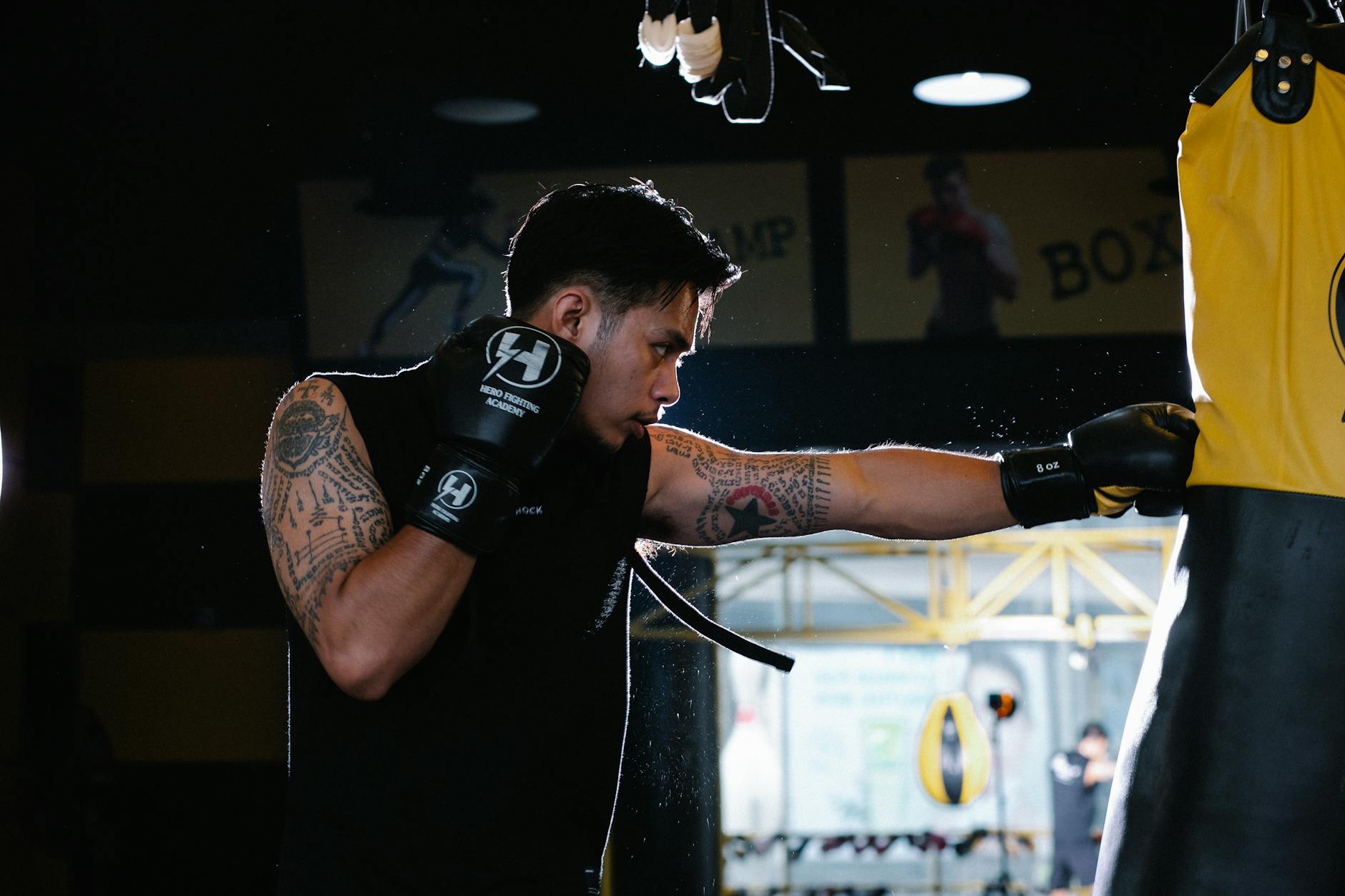Master Pup Skills: Top Dog Obedience Training!

As a pet owner, one of the most rewarding endeavors you can undertake is training your beloved canine. Dog obedience training is not just about teaching your dog to sit or stay on command; it's about unlocking your dog's potential, strengthening your bond, and ensuring the safety and happiness of your furry friend. In this enlightening guide, we'll introduce you to expert tips on obedience training, investigating the significance of learning commands, behavior shaping, and the power of positive reinforcement. Let's help your four-legged companion master pup skills now!
Understanding Dog Obedience Training
Obedience training is a systematic approach to teaching dogs how to act appropriately at home and in social settings. It involves the use of commands, cues, and actions that communicate your expectations to your dog. Successful training is based on consistency, patience, and understanding your dog's body language and needs.
The Importance of Obedience Training
- Safety: A well-trained dog is less likely to put itself in dangerous situations.
- Communication: Better understanding between you and your dog.
- Socialization: Easier interactions with other dogs and people.
- Mental Stimulation: Learning keeps your dog's mind sharp and engaged.
- Behavior Correction: Helps address unwanted behaviors like jumping or excessive barking.
Fundamental Commands
Before diving into complex training techniques, your dog must understand basic commands. These foundational commands establish a line of communication and serve as building blocks for more advanced skills.
The Basic Five:
- Sit: This command helps with impulse control and calm behavior.
- Stay: Teaches your dog patience and is vital for safety.
- Come: Essential for recall to bring your dog back to you in any situation.
- Down: A submissive posture that can help manage excitability.
- Heel: Keeps your dog walking nicely on a leash without pulling.
Training Techniques for Teaching Commands
- Gesture and Verbal Cues: Pair a specific hand signal with a verbal command.
- Guiding: Gently guide your dog into the desired position.
- Capturing: Wait for your dog to act naturally, then reward it.
- Shaping: Gradually guide your dog towards the desired behavior in steps, rewarding each step.
Behavior Shaping
Behavior shaping is a technique where you break down a desired behavior into smaller, manageable parts. By gradually reinforcing each step towards the ultimate goal, you make it easier for your dog to learn and succeed.
- Start with Simple Tasks: Begin with behaviors your dog can easily perform.
- Step-by-Step Progression: Mark and reward each successful step towards the target behavior.
- Patience is Key: Allow your dog to think and try; don't rush the process.
- Consistency: Practice regularly and maintain the same criteria for each step.
Positive Reinforcement: The Key to Success
Positive reinforcement is a powerful method in dog training that revolves around rewarding desired behaviors, increasing the likelihood of those behaviors being repeated.
Tips for Effective Positive Reinforcement:
- Immediate Rewards: Give treats or praise right after the desired action.
- Variety of Rewards: Mix up treats, praise, toys, or play to keep your dog interested.
- Stay Positive: Focus on rewarding the good rather than punishing the bad.
- Keep Training Sessions Fun: Ensure a positive experience for both you and your dog.
Conclusion
Dog obedience training is a fulfilling journey that can vastly improve your shared experiences and overall relationship with your pet. By focusing on learning commands, shaping behavior, and employing positive reinforcement, you pave the way toward a well-behaved and happy dog. Remember, training is not just an activity but a continuous aspect of your life together. Embrace patience, celebrate each achievement, and enjoy the process of mastering pup skills with your companion!
Now that you're equipped with these expert tips, it's time to begin—or continue—your journey in dog obedience training. Keep learning and growing with your dog, and you'll both reap the rewards of your efforts. Happy training!